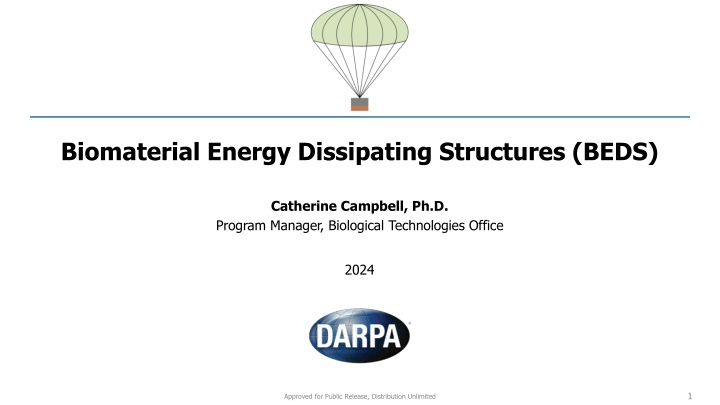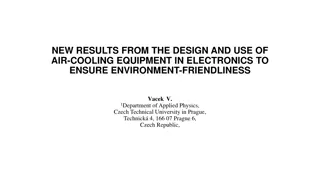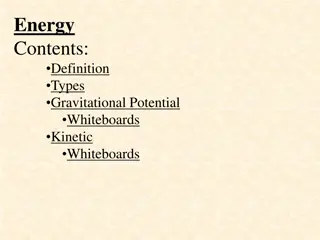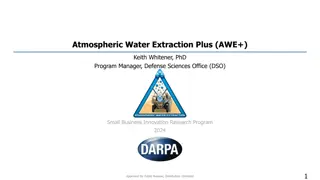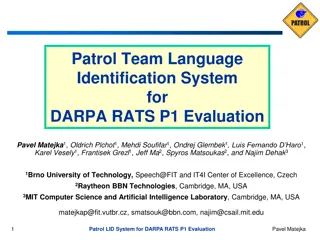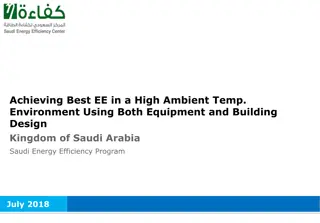DARPA Program for Developing Biomaterial Energy Dissipating Structures
This DARPA program aims to create novel biomaterial structures, BEDS, to enhance airdrop operations by improving energy dissipation and reducing form factor. The program addresses the limitations of current crushable honeycomb pads used for cushioning vital deliveries during airdrops. DARPA outlines specific requirements for the energy dissipation, biological materials, long-term stability, and low costs of these structures to meet military needs effectively.
Download Presentation

Please find below an Image/Link to download the presentation.
The content on the website is provided AS IS for your information and personal use only. It may not be sold, licensed, or shared on other websites without obtaining consent from the author.If you encounter any issues during the download, it is possible that the publisher has removed the file from their server.
You are allowed to download the files provided on this website for personal or commercial use, subject to the condition that they are used lawfully. All files are the property of their respective owners.
The content on the website is provided AS IS for your information and personal use only. It may not be sold, licensed, or shared on other websites without obtaining consent from the author.
E N D
Presentation Transcript
Biomaterial Energy Dissipating Structures (BEDS) Catherine Campbell, Ph.D. Program Manager, Biological Technologies Office 2024 1 Approved for Public Release, Distribution Unlimited
Program Overview DoD Problem: Airdrop operations use crushable honeycomb pads to cushion the impact of vital material and equipment deliveries. These pads are bulky and can fail to dissipate sufficient energy if landing on uneven ground or at high velocity. Program Vision: Develop novel biomaterial structures with high specific energy dissipation and reduced form-factor. 2 Approved for Public Release, Distribution Unlimited
DoD Relevance On call to fight anytime, anywhere at the knife s edge of technology and readiness 82nd Airborne Unit Deployment Contested Logistics From small special forces deployments to emplacing entire divisions, airdrop has been a critical part of U.S. force projection worldwide for nearly a century When land & sea routes are impassible, airdrop can provide a means to move troops and equipment where all other methods fail Rapid Resupply Humanitarian Aid When material and equipment is most critically needed, airdrop provides the fastest way to resupply troops Airdrop is used to provide vital humanitarian aid when traditional NGOs and agencies can t access disaster zones 3 Approved for Public Release, Distribution Unlimited
DARPA Requirements for BEDS Energy Dissipation Biological Materials Long-Term Stability Low Costs Current pads are cardboard honeycomb, which is cheap to produce from common materials Energy Dissipating Structures (EDS) are required to dissipate at least 40 Joules per gram of material under normal impact conditions Cushioning materials are likely to be abandoned at the landing zone when used in combat or disaster zones Cushioning pads are likely to be stored for months or years before use Storage will be in dry conditions but may not be temperature controlled Novel structures developed under BEDS should cost not significantly more than current honeycomb pads when produced at scale Materials should be non-toxic and biodegradable to avoid environmental impacts This should be reduced not more than 50% when landing in a 30 off-normal orientation, representing a landing on uneven terrain Pads should not exhibit a loss of performance after extended-duration storage The requirements listed in this slide deck are not intended to be comprehensive. Proposers should carefully read the Opportunity Announcement to ensure their proposal addresses all portions of the document. Proposals which do not meet all requirements will be considered non-conforming and may not be evaluated for an award. 4 Approved for Public Release, Distribution Unlimited
BEDS Schedule & Government Funding Phase I 6 Months $250,000 Phase II Base Period 12 Months $800,000 Phase II Option I 12 Months $900,000 Phase II Option II 6 Months Up to $600,000* FY24 FY25 FY26 FY27 Q4 Q1 Q2 Q3 Q4 Q1 Q2 Q3 Q4 Q1 Q2 Q3 Conduct modelling showing the design is likely to meet metrics Produce small (6 x 6 x 3 ) samples of the modelled energy dissipating structures Produce a prototype full-sized (36 x 96 ) energy dissipating panel Build and operate the one panel per hour pilot plant Objectives Key Test samples under a variety of loading conditions and orientations Complete design work for a pilot plant capable of producing at least one full-sized panel per hour Use test data to validate models Carry out design work for a full-size production plant Produce a single proof-of-concept large sample Detailed metrics are available in the Opportunity Announcement. Performers must meet the end-of-period metrics to be considered selectable for the next phase of funding. *For Option II, $100,000 of funding is guaranteed for selected performers. A further $500,000 may be provided as matching funds for this option if the performer can secure 1:1 backing for the match from a non-SBIR source 5 Approved for Public Release, Distribution Unlimited
